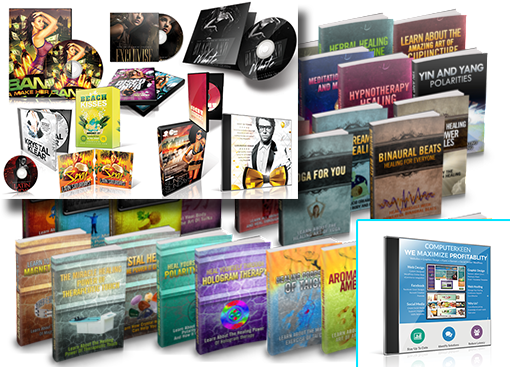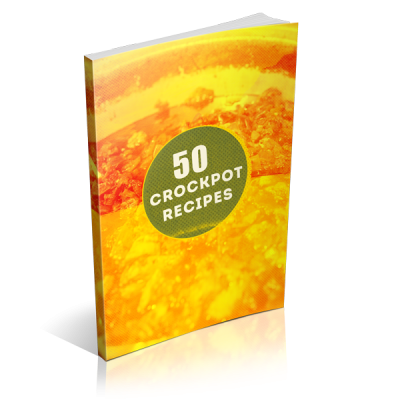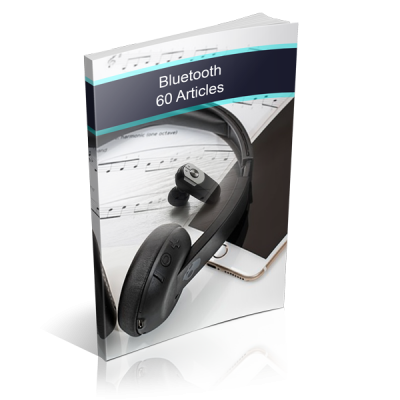Full Description
Volume 3
This volume, which is the third of The Complete Library Of Cooking includes soups and the high-protein foods, meat, poultry, game, and fish. It therefore contains information that is of interest to every cook, for these foods occupy an important place in the majority of meals.
In your study of Soup, you will come to a thorough appreciation of the place that soup occupies in the meal, its chief purposes, and its economic value. All the different kinds of soups are classified and discussed, recipes for making them, as well as the stocks used in their preparation, receive the necessary attention. The correct serving of soup is not overlooked; nor are the accompaniments and garnishes so often required to make the soup course of the meal an attractive one. In Meat, Parts 1 and 2, are described the various cuts of the different kinds of meat–beef, veal, lamb, mutton, and pork–and the part of the animal from which they are obtained, the way in which to judge a good piece of meat by its appearance, and what to do with it from the time it is purchased until all of it is used. All the methods applicable to the cooking of meats are emphasized in this section. Equipped with this knowledge, you will need to give no concern to the selection, care, and cooking of every variety of meat. In Poultry and Game, the selection and preparation of all kinds of poultry receive attention. While such food is somewhat of a luxury in many homes, it helps to relieve the monotony of the usual protein foods, and it often supplies just what is desired for special occasions. Familiarity with poultry and game is a decided asset to any cook, and success with their cooking and serving is assured through a study of this text, for every step in their preparation is clearly explained. In Fish and Shell Fish, the other high-protein food is treated in full as to its composition, food value, purchase, care, and preparation. Such interesting processes as the boning, skinning, and filleting of fish are carefully explained. In addition to recipes for fresh, salt, smoked, and canned fish are given directions for the preparation of all edible shell fish and recipes for the various stuffings and sauces served with fish. Too much cannot be said about the importanceof the subjects covered in this volume and the necessity for a thorough understanding of them on the part of every cook. Indeed, a mastery of them will mean for you an acquaintance with the main part of the meal, and when you know how to prepare these foods, the other dishes will prove a simple matter.
Volume 4
This volume, the fourth in The Complete Library Of Cooking, deals with salads, sandwiches, cold desserts, cakes, both large and small, puddings, pastry, and pies. Such foods constitute some of the niceties of the diet, but skill in their preparation signifies at once a cooks mastery of the science of cooking.
In Salads and Sandwiches are presented so simply the secrets of appetizing salads that they can be grasped by even a novice, and sandwiches of numerous varieties, from those appropriate for afternoon teas to those suitable for the main dish in the meal, are so treated that they appear to rise above the ordinary place usually accorded them. You will never need to hesitate to prepare a menu for an afternoon or evening social affair or the salad course in a luncheon or dinner after a study of this part of the volume. A glance through Cold and Frozen Desserts will convince you very quickly that a large number of the desserts that complete our meals are served cold. The mere mention of custards, gelatine desserts, and such frozen mixtures as ice creams, ices, frappes, sherbets, mousses, parfaits, and biscuits, all of which are explained here, is sufficient to indicate that this is an extremely delightful part of the subject of cooking. Entertaining takes on a new and simplified meaning when you know how to make and serve such dishes. To be able to make cakes and puddings well is one of the ambitions of the modern cook, and you have an opportunity to realize it in a study of Cakes, Cookies, and Puddings, Parts 1 and 2. Sweet food in excess is undesirable, but in a moderate quantity it is required in each person’s diet and may be obtained in this form without harm if it is properly prepared. The two classes of cakes–butter and sponge–are treated in detail both as to the methods of making and the required ingredients, and numerous recipes are given which will enable you to provide both plain and fancy cakes for ordinary and special occasions. Puddings that are prepared by boiling, steaming, and baking, and the sauces that make them appetizing, receive a goodly share of attention. Pastries and Pies completes this volume, rounding out, as it were, the cooks understanding of dessert making. To many persons, pastry making is an intricate matter, but with the principles thoroughly explained and each step clearly illustrated, delicious pies of every variety, as well as puff-paste dainties, may be had with very little effort.
Volume 5
The fifth and final volume of The Complete Library Of Cooking, deals with the varieties of fruits and the desserts that can be made from them, the canning and preserving of foods, the making of confections of every description, beverages and their place in the diet, and every phase of the planning of meals.
With fruits becoming less seasonal and more a daily food, an understanding of them is of great value to the cook. In Fruit and Fruit Desserts, you will first learn their place in the diet, their nature, composition, and food value. Then you will proceed with the preparation and serving of every variety of fruit. Included in this section also are fruit cocktails, those refreshing appetizers often used to introduce a special meal. To understand how to preserve perishable foods in the seasons of plenty for the times when they are not obtainable is a valuable part of a cooks knowledge. Canning and Drying deals with two ways of preserving foodstuffs, treating carefully the equipment needed and all the methods that can be employed and every part of the procedure followed. The fruits and vegetables that permit of canning, as well as certain meats and fish, are taken up in a systematic manner. Jelly Making, Preserving, and Pickling continues a discussion of the home preservation of foods, showing how they can be kept for long periods of time not by sterilization, but with the aid of preservatives. Each one of these methods is treated as to its principles, equipment, and the procedure to be followed. After trying the numerous recipes given, the cook will be able to show with pride the results of there efforts, for nothing adds more to the attractiveness and palatability of a meal than a choice jelly, conserve, marmalade, or jam. Confections deals with that very delightful and fascinating part of cooking–confection making. Not only are home-made confections cheaper than commercially made ones, but they usually contain more wholesome materials, so it is to the cooks advantage to familiarize themselves with the making of this food. Recipes are given for all varieties of confections, including taffies, caramels, cream candies, and the confections related to them. Fondant making is treated in detail showing every step and directions for making many unusual kinds. Though beverages often receive only slight consideration, they are so necessary that the body cannot exist very long without them. In Beverages is discussed the relation of beverages to meals, the classes of beverages, and the preparation of those required by the human system, as well as the proper way to serve them. In addition to coffee, tea, cocoa, chocolate, and cereal beverages, fruit, soft, and nourishing drinks also receive their fair share of attention.
Usage;
[YES] Can edit the product.
[YES] Can put your name as the author.
[YES] Can be broken down into articles.
[YES] Can be used as web content.
[YES] Can be used as eCourse or autoresponder series.
[YES] Can be translated to other language.
[YES] Can be given away (in any format).
[YES] Can be added into paid membership sites.
[YES] Can be added into free membership sites.
[YES] Can be bundled or packaged.
[YES] Can be offered as a bonus.
[YES] Can be sold in any format.
[YES] Can be sold on auction sites.
[YES] Can be sold on forums.
[YES] Can sell Private Label Rights.
[YES] Can sell Master Resale Rights.
[YES] Can sell Basic Resale Rights.
[YES] Can sell Personal Use Rights.
[YES] Can be published offline.
[YES] Can do whatever you want with this product.
About Private Label Rights Articles
The license is used for various digital products such as articles, ebooks, software, graphic templates etc. Because there are many buyers of the same product, the price of a single unit is generally lower than if one would create a similar product from scratch (either by himself or by outsourcing). However, people can also purchase private label content that is limited in distribution, minimizing the number of competing marketers using the same content.
Private Label Content comes in many different formats, including PLR reports, ebooks, articles, graphics, templates and even videos.
While licenses differ with each author and seller, the basic premise is that the license permits buyers to re-brand the content under their own name and brand (excluding copyright). In general practice this means that the product can be modified, sold, resold or repurposed in many different formats. In some cases authorship on the original product is allowed and with unrestricted private label, buyers are often able to resell the same rights they’ve acquired although not all private label releases offer or permit license distribution or transfer.
Marketers use private label products for reselling under their own brands or in the case of written products for online marketing through channels like article directories, content syndication, ebook directories, slide-sharing websites and similar.
Private Label Content comes with different rights depending on the developer so it’s important to thoroughly check each license prior to use, to become familiar with any restrictions that may be in place.
Source: read more…
Need custom designed eBook cover?
Get in touch and we will create one for you for only $10.






